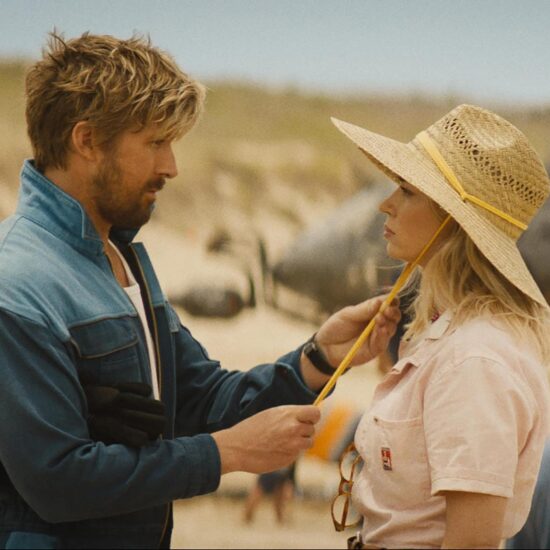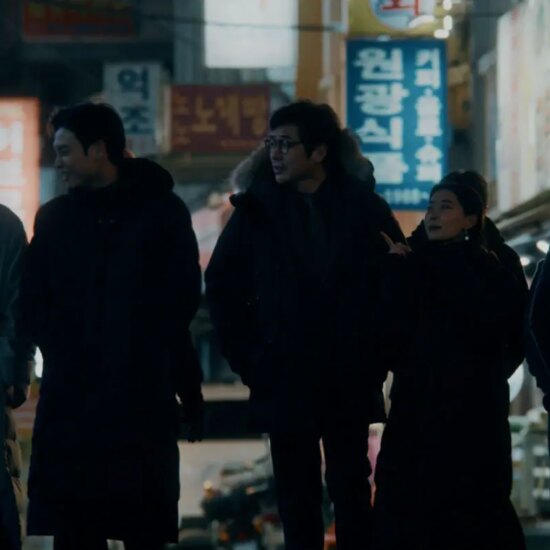
We’ve all heard the complaints from avid fans and readers about how certain films have changed key parts of classic books. The list is too long to fit into a single article, but we can all think of examples of the outcry that happens. What we want to take a quick look at today is why it happens. Are these directors deliberately changing the story because they know better than the original author, or is there something else at play?
Stephen King’s original works have been turned into more TVs shows and blockbuster movies than virtually any other writer out there. IT, The Shinning, Mr Mercedes…the list could go on and on. Interestingly, he also wrote a Shawshank Redemption novella back in 1982, long before it was ever turned into one of the world’s most enduring popular classics on the big screen.
It won’t come as a surprise that a master storyteller like King could come up with such a memorable story, but what may surprise you is how the book differs to the film. In a lot of cases the books that inspire blockbuster movies soon get a cult following of their own and the differences are debated to the point where there really is nothing else to say. This isn’t the case here, which is why it’s a great way to highlight how books are turned into movies in a way few of us have ever thought about.
The first thing to consider is how long it takes to read a book vs watch a movie. Average length paperbacks can take 15-20 hours to read, whereas a movie is very long if it crosses the 3-hour barrier. Condensing things down without cramming too many details into the screenplay is an essential skill. Yes, thanks to the visuals you don’t need to have all the layers of description, but you still need space for plot development, dialogue and character arcs.
Let’s take a look at the novella. Red narrates the entire book, whereas in the movie there are many scenes where he doesn’t speak over the action. This makes sense because having Red narrate in a way that constantly intersperses the dialogue will be confusing when the other characters are on screen. You don’t have this additional layer of visual data in the book, which means there’s no distractions by layering everything with narration.
The next thing to consider is that while in the movie Red is played by the iconic Morgan Freeman, in the book he’s a white Irish guy with red hair. This is a classic example of the director and producer changing a largely superficial detail without disrupting the plot and rhythm. They had found an actor they thought would be perfect for the learned and streetwise Red and they adapted the story to suit him.
You might think that all of the characters have to resemble exactly what the writer described, but there’s an issue here. While a writer can create any type of physical appearance and stature they wish, producers and directors are constrained by a small number of actors who may or not be available at any given time. Tom Cruise playing Lee Child’s towering Jack Reacher character is another example. The superficial elements are put to one side in favor of acting ability, availability and in these two cases: star power.
Next up we have Warden Norton the main bad guy in the film. His changing fashion is a great way to show how life on the outside is developing while life within Shawshank is one long slog. While his infamous work program is a key part of the book, he only appears in the final third of the story. Three other wardens come and go before Norton gets the job, something which would be hard to condense into a 2-hour film. On the big screen you want a rich array of characters, but not so many that you can’t give them meaningful arcs in the space of a couple of hours.
Perhaps most notably we have the case of the despicable Byron Hadley — the toxic bully and head guard who is very much Norton’s right hand man. The scene where he hangs Andy off the roof after being asked about his tax arrangements is straight out of the book, but other than that, he barely features.

In fact, in the book Hadley takes early retirement due to heart issues long before Norton’s criminality is ever exposed. He’s a minor character in the book because of the extra time King has to weave in other characters and plot lines. Every movie, on the other hand, needs to give the main villain a brute who will take care of business without question. In the film Hadley becomes that man and it’s a shift that’s no doubt inspired by his bullying on the rooftop the day King first brought him to life.
Adaptation is the name of the game in so many areas of life because it’s what allows you to stay ahead of the curve and create a more suitable end result. You see it everywhere you look: adapting from printed lottery results in the weekend newspaper to a jackpot results site, moving to a plant-based diet to reducing methane emissions, and even something simple like Coca Cola attaching their lids to their bottles to improve recycling outcomes.
When these types of adaptions are driving more optimal results in all areas of life, is it any wonder that producers make changes to fantastic written prose so it’s better suited to the big screen?
Put it like that and you see straight away that directors aren’t chopping up great prose for the sake of it — they’re adapting the original plot and structure of the story so it works better in a new medium.














